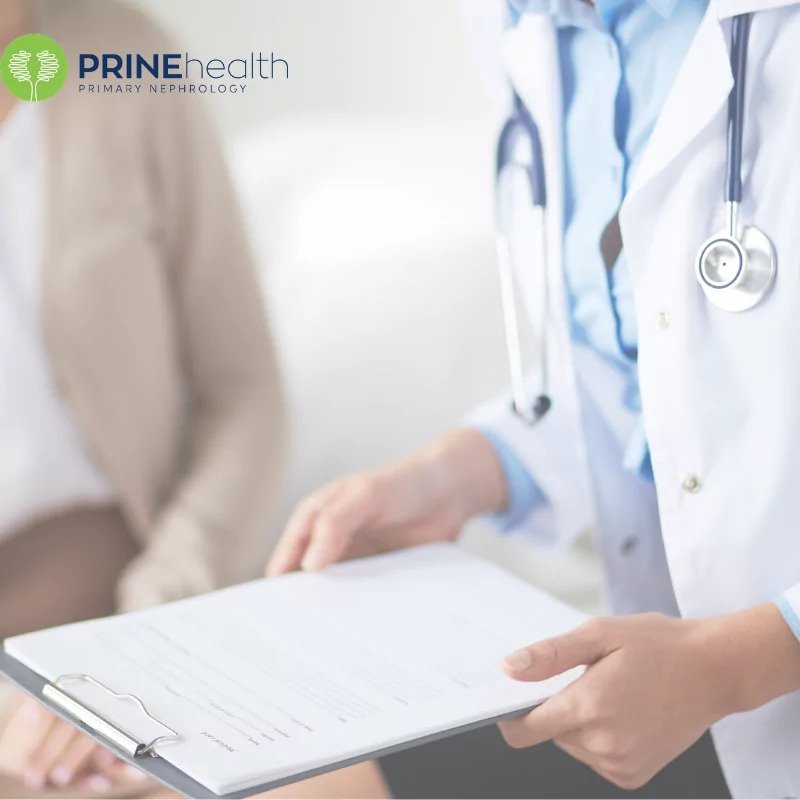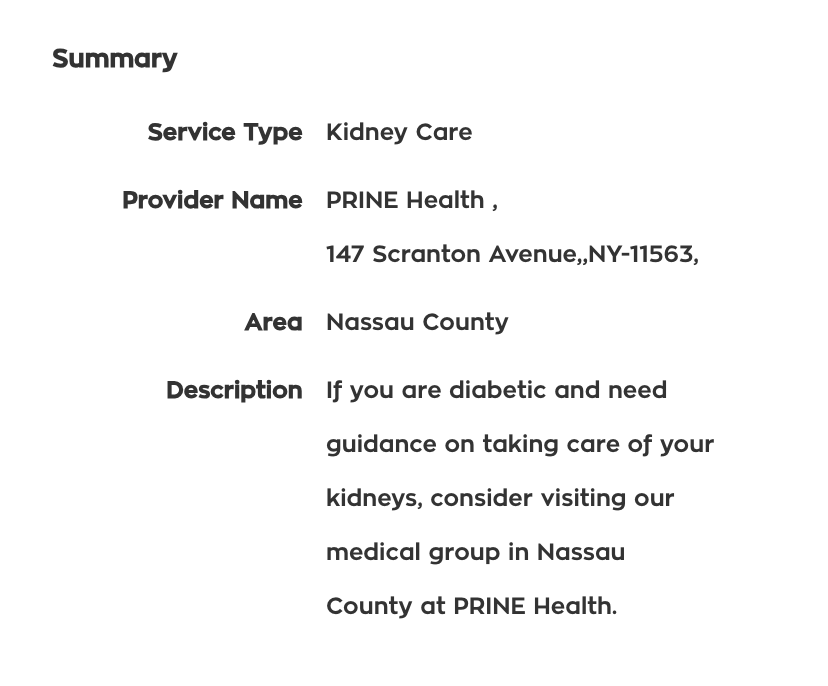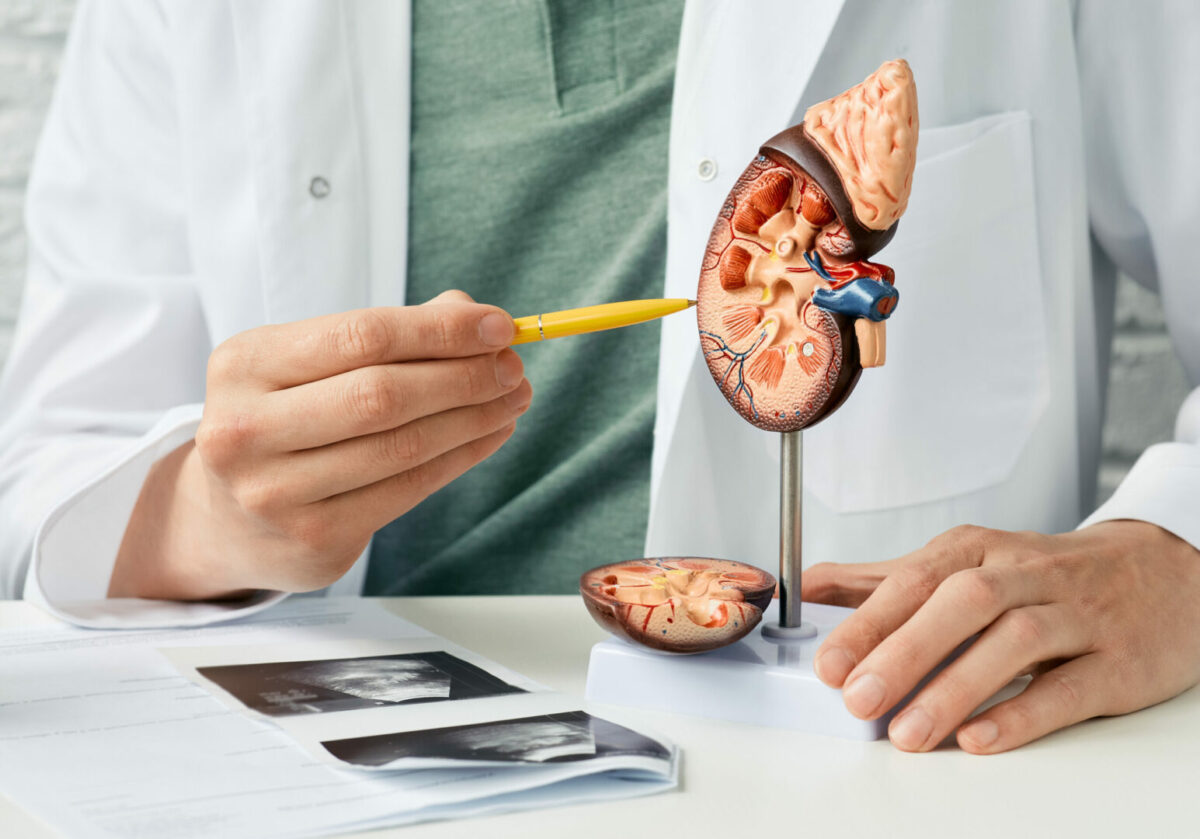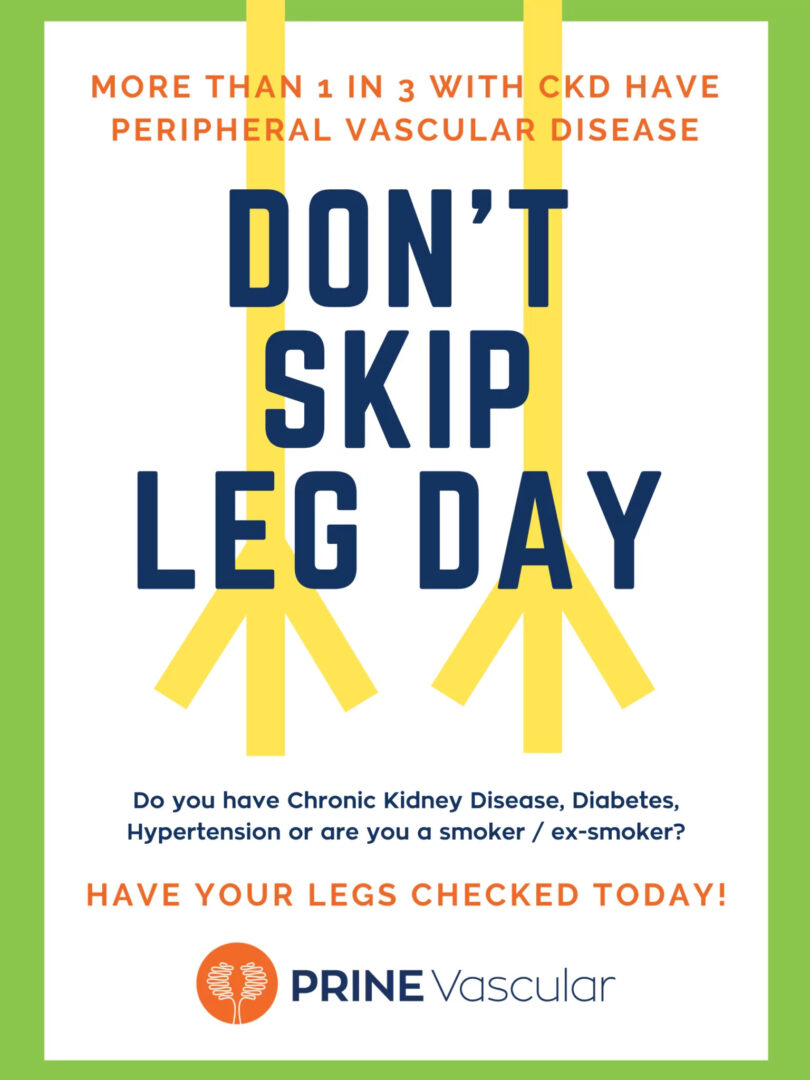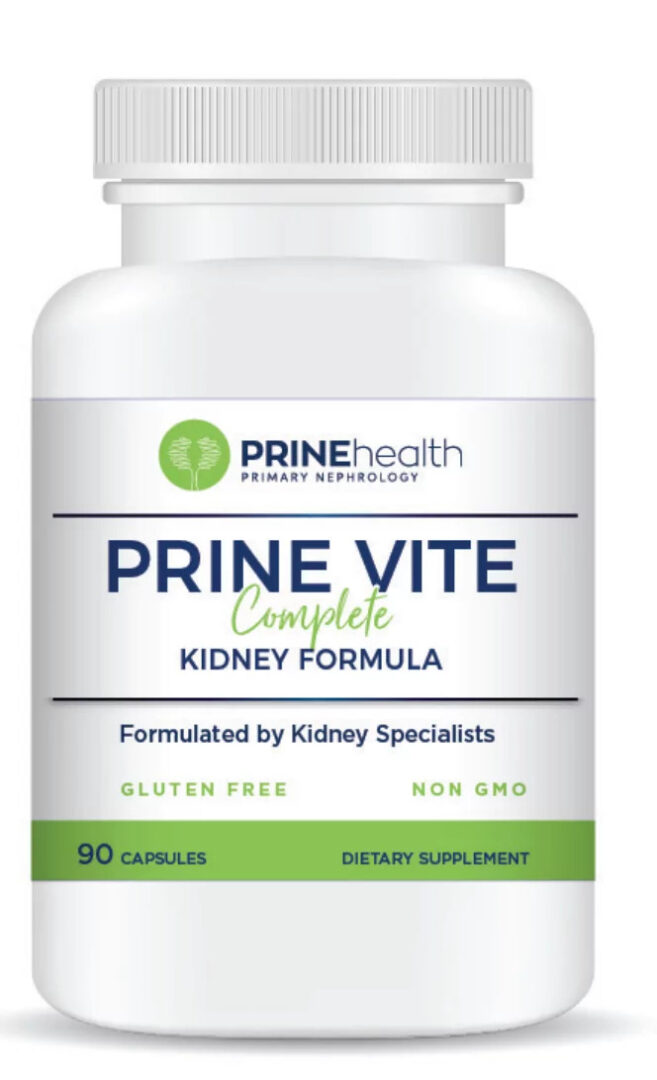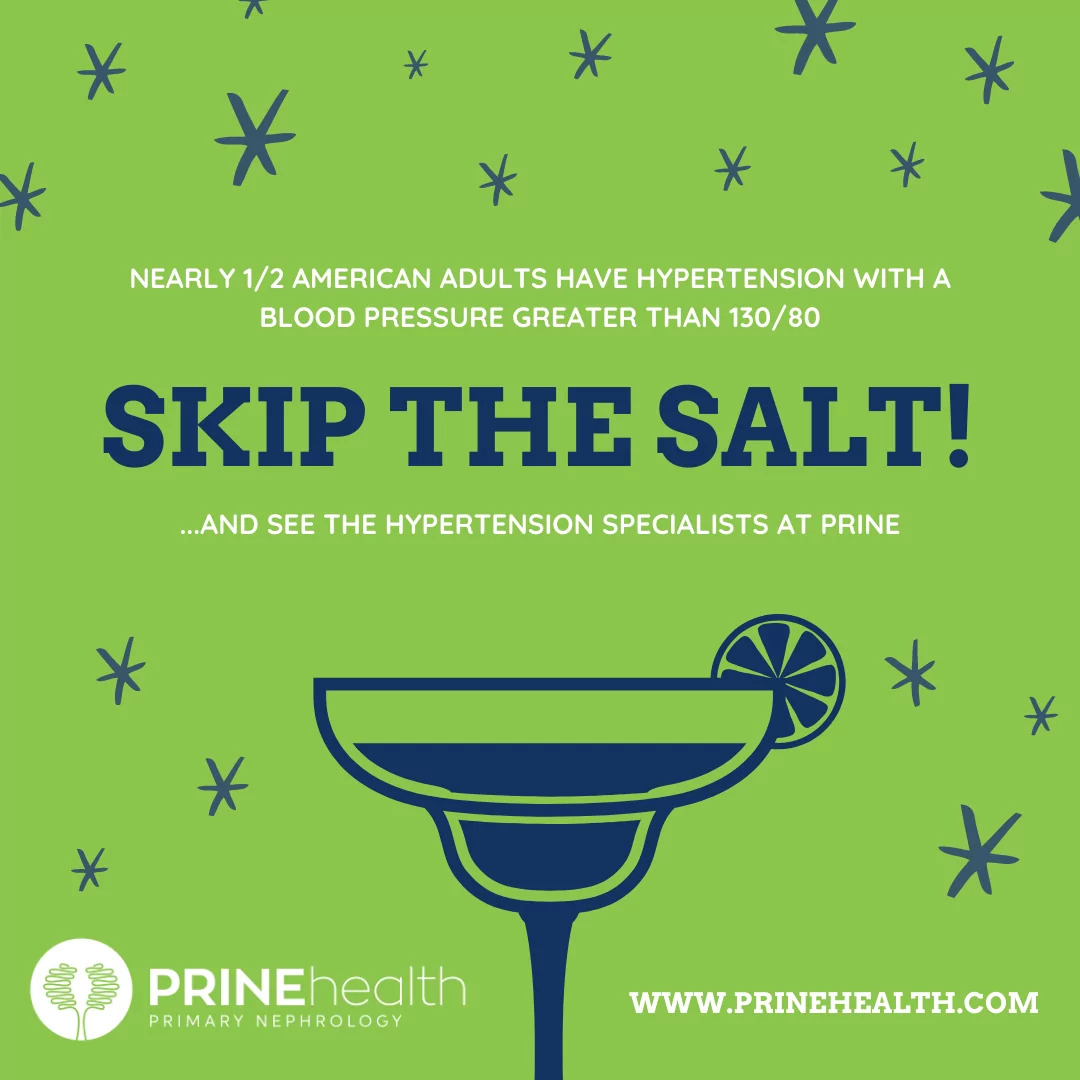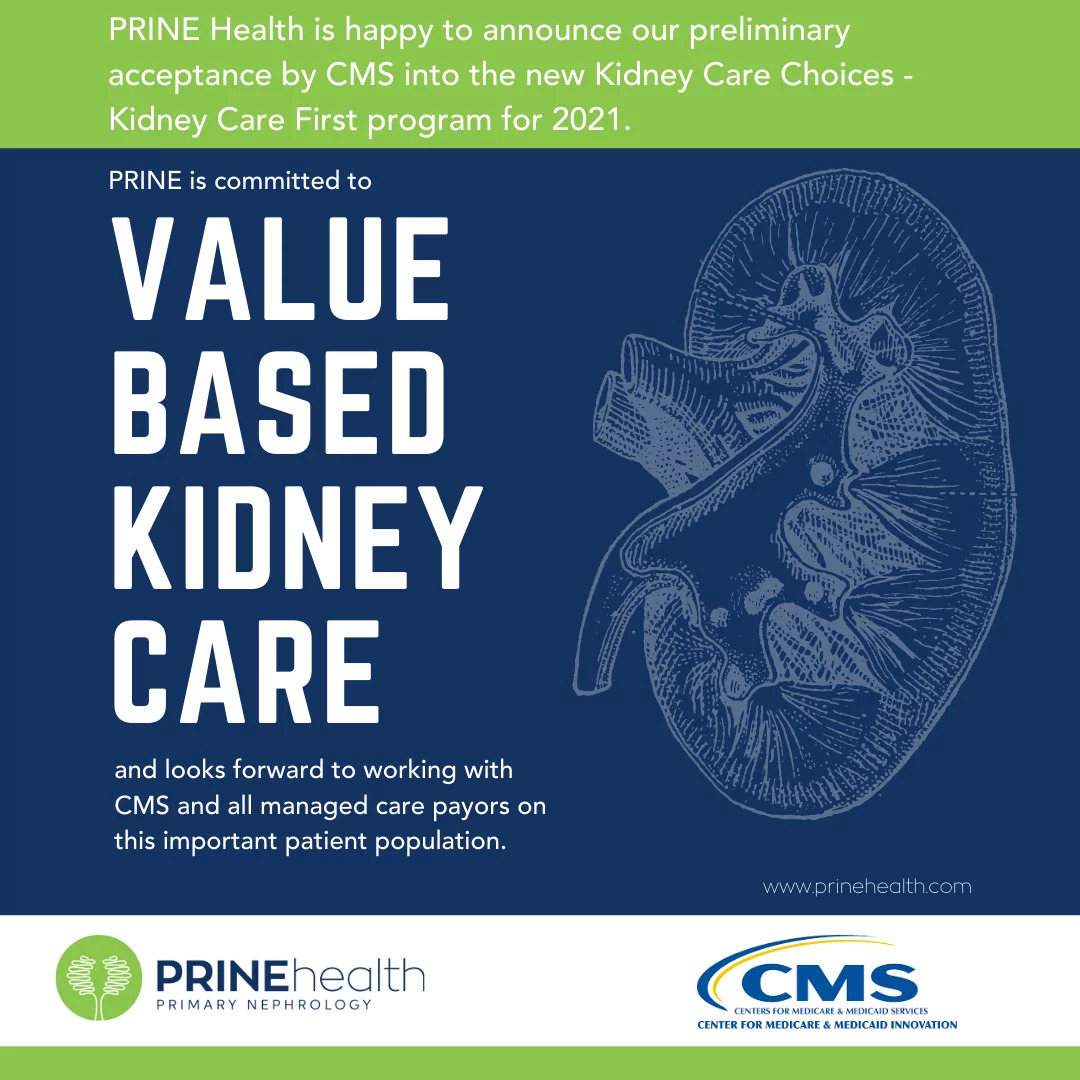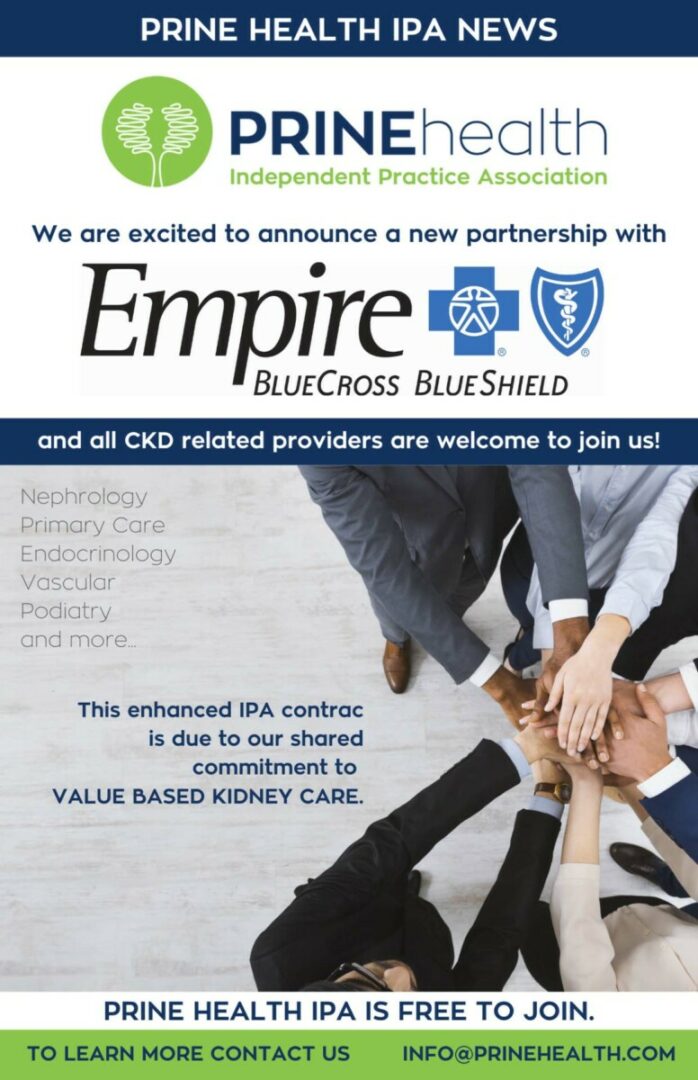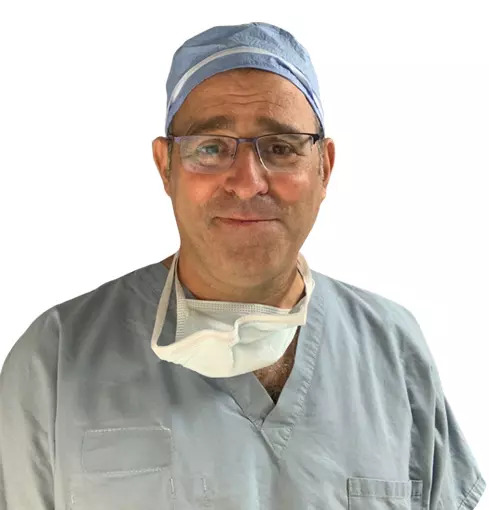The Importance Of A Primary Care Physician During The Early Stages Of CKD
Chronic kidney disease, or CKD, is known as the gradual loss of kidney use. The kidneys filter waste and liquids from your blood, which is then discharged into your urine. When CKD becomes more advanced, a dangerous amount of fluids can build up in the body. About 200,000 people a year are diagnosed in the U.S. with this disease. It can be detected through two simple tests, administered by your primary care physician (PCP), which benefits you. What many don’t realize is that your PCP can be a great help in detecting CKD and what the next steps may be for you!
Benefits Of Visiting A Primary Care Physician:
Early detection of CKD by your primary care physician calls for immediate action. He will lower your cardiovascular risk and will make an effort to slow the progression of CKD. There are 5 stages of chronic kidney disease. Any condition beyond Stage 3 should be monitored by a nephrologist as well. Some of the benefits of a primary care physician are listed below:
- Open communication – Patients should be encouraged to discuss any changes in medication, comfort, urine
- Effective treatment – Although there is no treatment for CKD, your primary care physician can specify the direct cause of your individualized CKD condition and provide treatment.
- Stabilization of metabolism – Unfortunately, CKD affects more than just the kidneys and renal function. Your primary care physician can address and regulate any abnormalities in your metabolism.
- Holistic approach – Your primary care physician will already be familiar with any other factors that could be affecting CKD. With a holistic approach, the medical group in Manhasset will form the best plan for you.
How Can A Primary Care Physician Help CKD?
During the early stages of CKD, it is crucial to work with your primary care physician to manage the disease. It has been found that co-management of this particular disease can help provide the highest-quality and safest treatment. With initial interference and a complete, integrative physician team approach, your primary care physician can help stay on top of the following:
- The stabilization of renal functions (this includes blood pressure and diabetes control as well)
- Reducing risk factors like hypertension and hyperlipidemia
- Preventing Vitamin D levels from dropping
- Lowering Lipids
- Smoking Cessation
Your PCP can also guide you through the testing procedure once you have been diagnosed. These tests can help determine how well your kidneys are actually functioning as well as which treatment will be best for you. These tests may include:
- Calculating your Glomerular Filtration Rate (GFR) – This test is specifically used to show how much kidney function you have.
- Perform an Ultrasound or CT Scan – Both tests are used to show the size of your kidneys, whether they are too small or too large, as well as a full picture of your kidneys and urinary tract.
- Perform a Kidney Biopsy – This can show any type of kidney disease and any damage that has occurred.
Why You Should Visit Our Offices On Long Island:
Although there is no cure for chronic kidney disease, visiting a primary care physician early enough will help treat and lessen your symptoms, as well as slow the progression of this disease. At PRINE Health, we understand that chronic kidney disease is largely overlooked. This is why we have created a medical group consisting of both nephrologists and primary care physicians, to help treat the millions of Americans affected. Contact us today to receive the treatment plan perfect for you!

